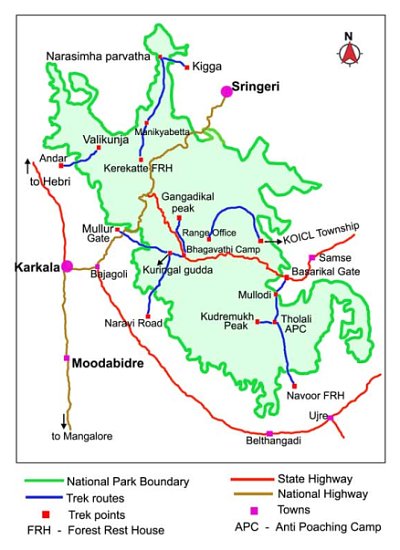The first learning during my stay at Bandipur during the 3rd week of March was Forest Fires. I was under the impression that Forest fires were caused mainly due to dry boughs rubbing against each other (taking into consideration a large amount of dry dead leaves littering the forest floor) , due to lightning during storms and sometimes by man. I was in for a rude shock when I came to know that all forest fires in India were caused by Man!
We are so much influenced by American way of life through the medium of television, that we know a lot more about their wildlife than our native species, we know the emu and the ostrich than the Bustard, we know about the cougar more than we know about our panthers, we know a lot more about African elephants than about their Asian cousins and so also I was under the impression about forest fires through natural causes through the widely televised events shown in TVs about the fires in US.
Indian forests are mostly deciduous type . Even during the driest season they contain enough moisture to rule out fire due to natural causes. Unfortunately the same cannot be told about the invasive species -lantana, eucalyptus and the Australian wattle which the government has planted everywhere to suck out the underground water, to wipe out the native species and thus deny the herbivores that depend on them for food, and hence to go extinction ( the introduced species neither provide good shelter nor do they provide fodder) and to support fire to spread easily (these trees are so dry and the leaves litter do not decompose fast and contain oil thus encouraging fire). Of course that wasn't their idea, their logic seemed to simply rotate around the fast growing nature of these trees. How could the govt without a scientific analysis on the impact from these trees to the native environment do mass planting everywhere ? why do they still continue doing so even after the impact is so visible and screamed out loud by the scientific community?
Our forests are fragile. Every successive fires caused accidentally or deliberately by people living within and the fringes of the forest areas inadvertently causes irreversible damages to the ecosystem. Fires bring down century old trees that are destroyed beyond repair and encourage rampant lantana growth in the successive rainy season. Not to mention the animals that perish in the fires. Bandipur this Summer saw fires breaking out all around. The concerned forest authorities were helpless. They lack resources to control and prevent fires. They lack man-power and motivation. True they don't take steps to secure but dare I point at them? Isn't it true that the number of forest watchers and guards are at their record low? That there haven been any new permanent posting, the govt happy to appoint guards on contract basis and pay them poorly.
So, what is the solution? Encourage forestation with native species. Check the growth of lantanas. Educate the tribal and villages encircling the forests about the menace of forest fires and steps they must take to prevent accidental fires. Educate tourists on the same lines. Post more guards and watchers. Raise their salaries to the level of hawaldars in the civil dept. Provide them with equipments to control fire in case of forest fires. Its a big task ahead of us. Educating the masses , mobilizing them to protect this rare treasure that's in our hands.








